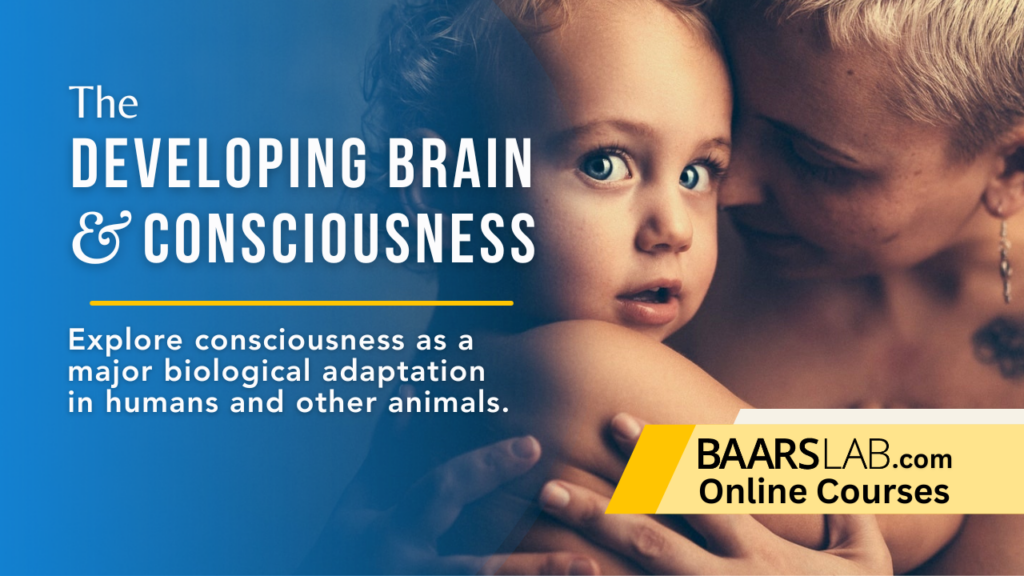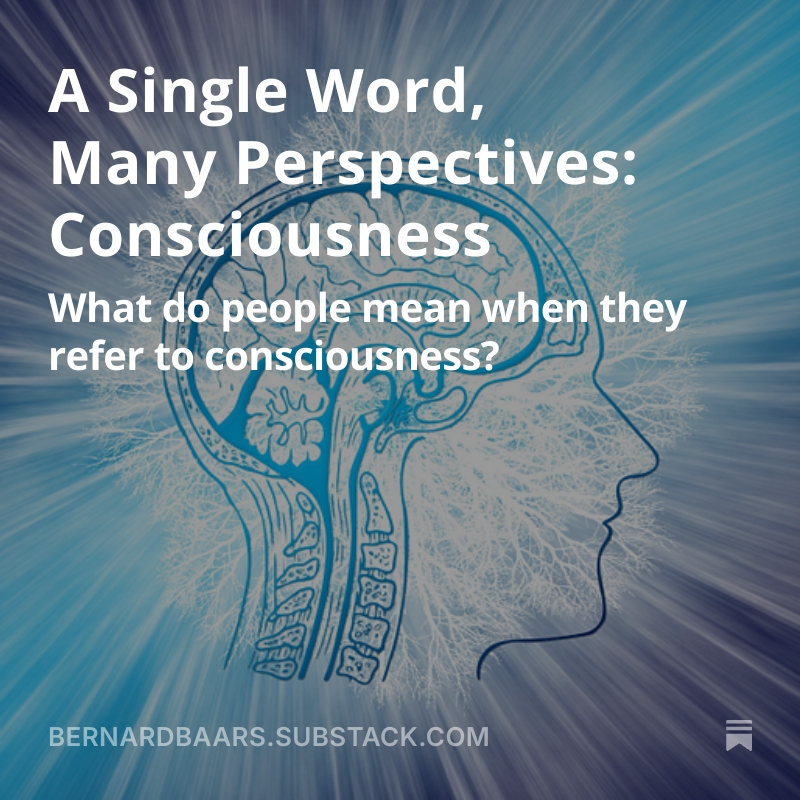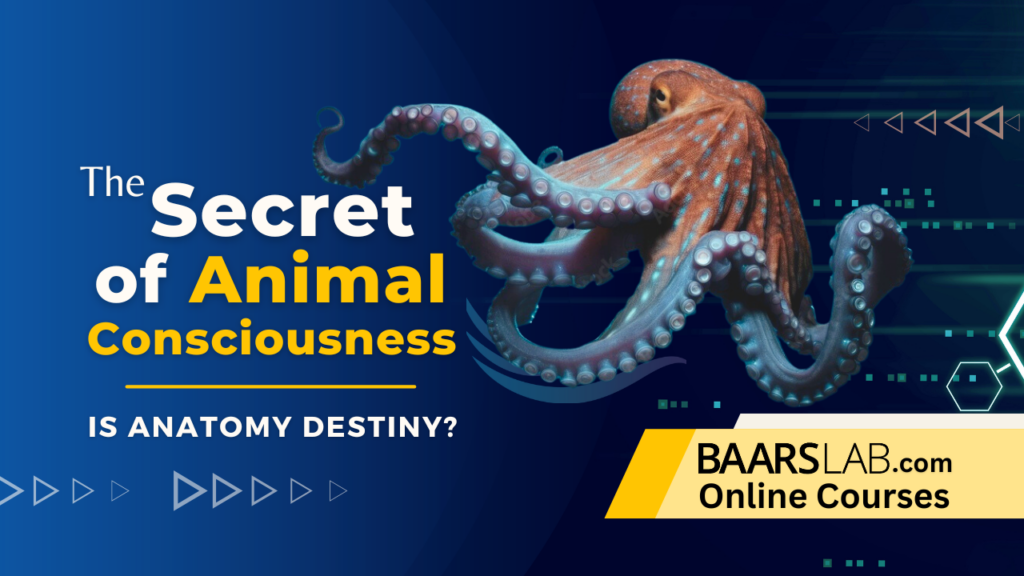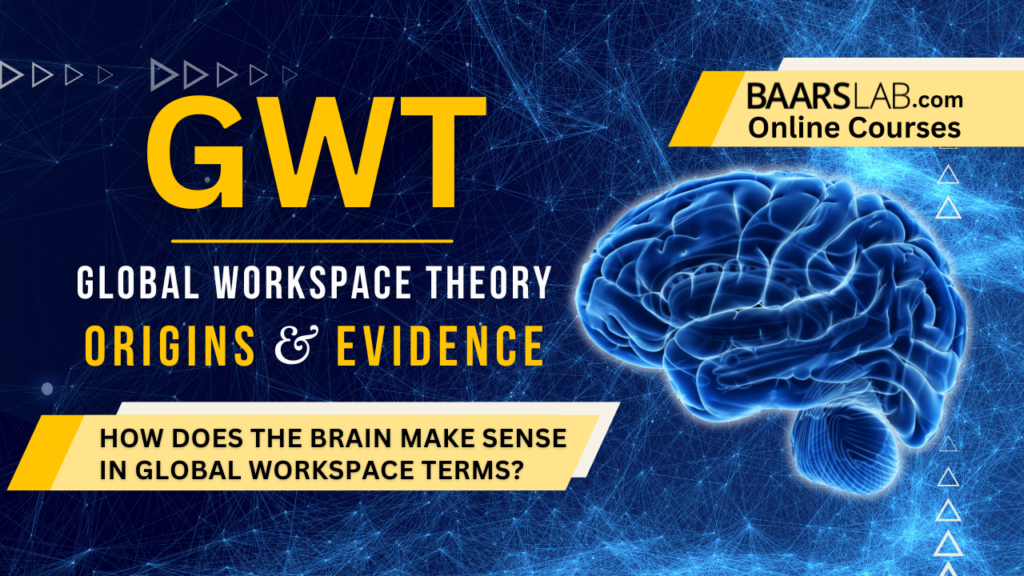A review of Henry Stapp’s Mindful Universe: Quantum Mechanics and the Participating Observer
A review of Henry P. Stapp’s Mindful Universe: Quantum Mechanics and the Participating Observer English, 198 pages Springer; 1 edition (Jul 1 2007) ISBN-10: 3540724133 ISBN-13: 978-3540724131 Henry Stapp is well known for his complex theoretical discourses on the nature of the mind and brain. A distinguished quantum physicist at Lawrence Berkeley National Laboratory, Stapp […]

A review of Henry P. Stapp’s Mindful Universe: Quantum Mechanics and the Participating Observer
English, 198 pages
Springer; 1 edition (Jul 1 2007)
ISBN-10: 3540724133
ISBN-13: 978-3540724131
Henry Stapp is well known for his complex theoretical discourses on the nature of the mind and brain. A distinguished quantum physicist at Lawrence Berkeley National Laboratory, Stapp has been exploring these topics for over 50 years. The Mindful Universe represents the latest effort in his ongoing crusade to convince the cognitive and neurosciences that the transition away from classical physics and towards quantum theory is long overdue. Stapp’s core argument is that cognitive and brain scientists are stuck in a paradigm of classical physics which is outdated and inaccurate. The text is carefully crafted to make his point from several complimentary directions, as well as to briefly refute other contemporary theorists who advocate alternative positions. While Stapp considers this a book for the lay reader, it is definitely not mass market material. There are far fewer equations than in many of his other writings, but any serious reader will find a basic understanding of contemporary consciousness and quantum theory helpful before picking up this text. The book opens with chapters presenting the core tenets from the Copenhagen and von Neumann interpretations of quantum theory, often in the words of their founders along with commentary from Stapp. His wider view of quantum theory is summed up well by the following passage:
The original form of quantum theory is subjective, in the sense that it is forthrightly about relationships among conscious human experiences, and it expressly recommends to scientists that they resist the temptation to try to understand the reality responsible for the correlations between our experiences that the theory correctly describes. (p. 11)
In these opening chapters he diligently works to establish the case that most of these powerful thinkers strongly believed in a causal gap within quantum theory that makes it an open system into which free choice can enter. Citing the fact that “purposeful action by a human agent has two aspects” (p. 23) he draws heavily on theories involving “…the interplay between the psychologically and physically described components of mind-brain dynamics, as it is understood within the orthodox (von Neumann-Heisenberg) quantum framework” (p. 15). Intentional actions are central to this overall view. Stapp draws on and extends von Neumann’s process 1 and 2 theories in this area, adding a process 0 (formerly referred to as process 4) to represent the process which determines the free choice on the part of the experimenter, noting:
It is the absence from orthodox quantum theory of any description on the workings of process zero that constitutes the causal gap in contemporary orthodox physical theory. It is this ‘latitude’ offered by the quantum formalism, in connection with the “freedom of experimentation” (Bohr 1958, p. 73), that blocks the causal closure of the physical. (p.24)
Stapp also adds a process 3 to represent the process that selects the probing action. Taken together, processes 0-4 represent the major components of how Stapp views the practical, empirical ontology of quantum theory.
Having clearly annunciated his views on quantum mechanics, Stapp sets out to transform the brain from a classical to a quantum system. He chooses to attack this in a short surgical way by striking at the lowest level of physiological brain function. Drawing on a brief background discussion of cloudlike forms, harmonic oscillation, and the double-slit experiment to introduce the necessity of the brain’s nerve terminals and calcium ion channels being quantum in nature, Stapp goes on to argue that because these foundational components are best understood in quantum terms the brain itself must be treated as a quantum system. Stapp next draws on many of the same points used in discussing the brain’s ion channels to make his case from another angle. He introduces his action template theory involving microscopic brain states capable of producing particular actions if held for a sufficient length of time. He links such actions to von Neumann’s process 1, but in doing so notes the potential problem this idea introduces:
…the only dynamical freedom offered by the quantum formalism in this situation is the freedom to perform at a selected time some process 1 action. Whether or not the ‘Yes’ component is actualized is determined by ‘nature’ on the basis of a statistical law. So the effectiveness of the ‘free choice’ of this process 1 in achieving the desired end would generally be quite limited. The net effect of this ‘free choice’ would tend to be nullified by the randomness in nature’s choice between ‘Yes’ and its negation ‘No’. (p. 35)
His own theory addresses this problem by drawing on the quantum Zeno effect. One feature of the dynamical rules of quantum theory allows for a stabilization of sorts regarding actions if a string of process 1 events can occur in rapid succession. Essentially if the initial process 1 request is selected by the outcome of the quantum event this action can be held in place by a rapid number of additional similar requests. Stapp believes that this rapid series of additional requests requires mental effort. Here he reaches back to find a kindred spirit in William James’ concepts of volitional effort and attention.
Continuing his quest for empirical verification of the quantum nature of the brain, Stapp draws on the work of UCSD psychologist Harold Pashler (1998) to support his contention of a quantum brain within contemporary psychology. At issue is why empirical studies of sensorimotor tasks performed contiguously in time disclose what appears to be a central processing bottleneck within the brain. Stapp comments that,
This kind of bottleneck is what the quantum-physics-based theory predicts: the bottleneck is precisely the single linear sequence of process 1 actions that enters so importantly into the quantum theoretic description of the mind-matter connection. (p.43)
Moving on, Stapp reviews recent developments in neuropsychology that support his view. For example, he notes that empirical evidence seems to suggest that conscious effort is correlated with brain activity. According to quantum mechanics, the microscopic uncertainties must rationally be expected to produce, via the Schrodinger equation (of brain plus environment), macroscopic variations that, to match observation, need to be cut back by quantum reductions. This means process 1 interventions. This leads, consistently and reasonably, to the entry of mental causation as described above, where the subject’s conscious effort is actually causing what his conscious understanding believes, on the basis of life-long experience, that effort to be causing. (p.48)
Stapp next takes a dismissive view of Penrose’s quantum coherence theory, observing that few quantum physicists consider the quantum coherence required by the Penrose-Hameroff theory to be possible in the warm liquid environment of the brain. He also notes his disagreement with Penrose’s idea of quantum gravity and the putative non-algorithmic nature of thought. Consistent with his long held Jamesian view of cognition, Stapp argues in Chapter 9 for the quantum brain as a “collection of classically conceived alternative possible states of the brain” (p. 50) all existing as parallel parts of “a potentiality for future additions to a stream of consciousness” (p. 52). Of all Stapp’s ideas, this has perhaps the widest coinage, representing the fruit of his technical reflections in a form that can be readily understood by all scholars of the mind.
The final chapters of the book examine a variety of alternative views on consciousness and the brain in relationship to quantum mechanics. We will not go into details here, but for the interested reader these include the many worlds theory, Bohm’s theories, and a discussion of Whiteheadian philosophy in regards to quantum theory. The reader will also find a reprint of Stapp’s 2006 interview by Harold Atmanspacher followed by the extensive and in depth commentary that followed it on JCS-online. He concludes with thoughts on how his theories and observations relate to human values, and rounds out the text with seven appendices that alternate between providing useful overviews for those readers with less background in QM and substantial additional detail on several of his key points for others with more expert knowledge. Overall, this book is a rigorous and demanding reflection drawn from a lifetime of thought by one of the leading theoretical physicists of our day. It is recommended for graduate libraries and for readers who are prepared to undertake its rigors.
References
- Pashler, H. (1998). The Psychology of Attention. Cambridge, MA: MIT Press.
- Stapp, H. P., & Atmanspacher, H. (2006). Clarifications & Specifications. Journal of Consciousness Studies, 13(9), 67-85. Copyright © J. Martin & A. Combs
- Mindful Universe: Quantum Mechanics and the Participating Observer. By Henry P. Stapp. Springer; July 2007, 210 pages.
Reviewer Information
Allan Combs; California Institute of Integral Studies
Jeffery Martin; California Institute of Integral Studies; Center for the Study of Intent
E-mail
Homepage









Before joining the uncritical acceptance by this “review” of Stapp’s idée fixe that he’s been pushing for years, people should consider some of responses from people like Pat Hayes and Aaron Sloman from years ago:
http://www.google.com/search?q=%22henry+stapp%22+%22pat+hayes%22
Thanks for a thoughtful and informed review. I differ with Henry on a few basic points, but on the whole regard his work as among the most advanced on the subject, together with Lockwood’s and my own.
Mr. Flanagan has been pushing this quantum consciousness stuff even longer than Stapp has.
How “thoughtful and informed” can a review be by someone with a blurb on the cover of the book? Sounds like a conflict of interest to me, and CS&R undermines its credibility by publishing “reviews” by vested parties.
Interesting review. Although it didn’t convince me to buy the book, it did put Stapp on my radar.
Where Stapp’s previous work gets interesting is in the obvious isomorphism he brings out between quantum collapse from a range of coexisting possible-actual states to a single actual state, and the common human experience going from a range of real-seeming possibilities to a single enacted one (what’s referred to as his “Jamesian view” above). But while he has appealed to this, he’s never (that I’ve seen) brought out a precise hypothesis of just what the connection presumed behind this isomorphism should be. If the hypothesis is that human decision just is quantum collapse, shouldn’t that come with speculation on how that’s instantiated in the brain? Shouldn’t there be some diagram of mechanism involving the psychological, the neurological, and the quantum physical? Does one show up in this new book?
According to this review, Stapp appears to go farther in appealing to psychological findings. But while I’m certainly not well-versed in neuroscience, I wonder if Stapp produces any hooks to grapple with direct confirmation of his hypotheses via current neuroscientific techniques. I suspect he is, and has always been, speaking past the neuroscientists rather than to them. Perhaps the paradigm of current neuroscience is so fundamentally classical in its physics that he has no choice. Yet with neuroscience making some good progress in many areas, could a better connection be made?
One hint of the possibility of convergence may be in Bruckner and Carroll’s “Self projection and the brain” (Trends Cog. Sci. 2006), which argues that the default state of the brain is prospection – which is to say, focused on the cloud of possibilities. Occam’s razor at least suggests that this default state would make most sense as an evolved feature of a world in which these possibilities are truly there; in a classically deterministic world all but one aren’t (although that paper does not follow its implications into this space).
“Mr. Flanagan has been pushing this quantum consciousness stuff even longer than Stapp has.”
Stapp preceded me, as Lockwood and I preceded Penrose.
As to neuroscience, the community’s response to the quantum-mind thesis has been akin to that of lazy students who want to know if this will be on the test.
Koch has written that classical neurons have a wealth of state spaces to offer for anchoring sensory variables — though he doesn’t offer any explicit candidates. Yet, in the same breath, he admits that brains must operate on the quantum plain.
So… the brain is quantum, but the mind is classical. Uh huh.
Koch and Co. might want to look at Dyson’s old SciAm article on “Field Theory,” wherein Dyson points out that classical fields just are large quantum fields.
In another article in Nature, Koch and Crick argued that physics can’t help us understand mind & brain because physics is rigid, whereas biology is flexible. So… when the brain takes a left turn, it does so by ignoring physics? Or what? (Ironic, that Crick should have helped discover a physical mechanism underlying the profusion of living — and often quite complex — things.)
It is a sad reflection on Nature and the scientific community as a whole that Crick and Koch should get so much air time for arguments that do not stand the slightest scrutiny — for the simple reason that they have big names.
The fact is that the paradigm has shifted and there’s no going back. Those intent on fighting rearguard actions are advised to do what they can to catch up — or, at a minimum, come up with less flimsy excuses for their willful ignorance.
To a layman like myself,it seems to be nothing less than preposterous the notion of classical physics that chooses to ignore the role of the “human agent” (consciousness) in physics.
I admire and thank people like Dr. Stapp for making the ideas of quantum physics more accesible to people like me,and for his incursions into neurosciences,that are necessary for the effort to explain the mind-brain interaction.